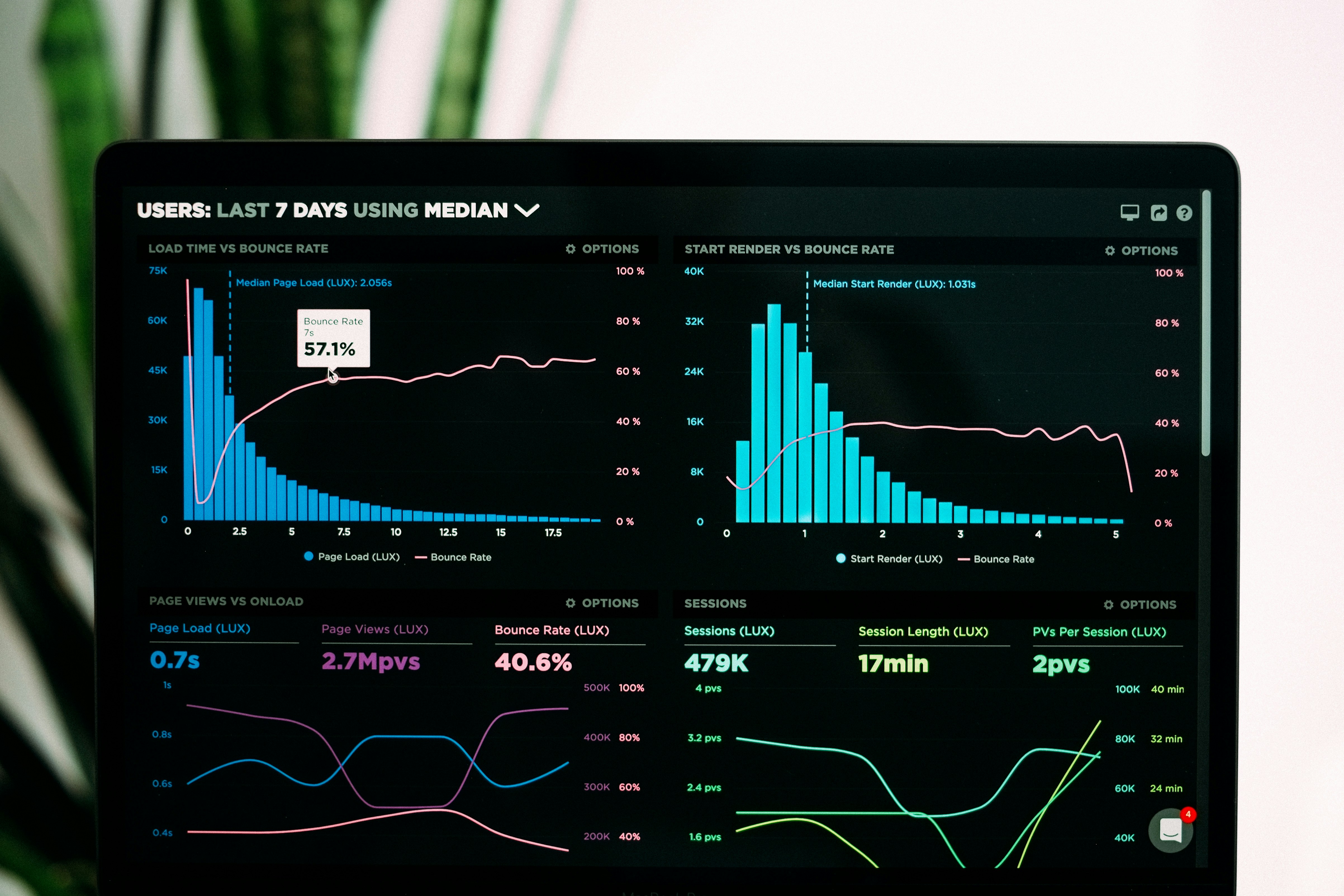Education Meets Big Data
Learning analytics represents the intersection of education and data science, offering powerful insights into how students learn and how educational interventions can be optimized for maximum effectiveness.
What is Learning Analytics?
Learning analytics is the measurement, collection, analysis, and reporting of data about learners and their contexts, for purposes of understanding and optimizing learning and the environments in which it occurs.
Types of Learning Data
- Behavioral Data: Click patterns, time spent on tasks, navigation paths
- Performance Data: Scores, completion rates, accuracy metrics
- Engagement Data: Forum participation, peer interactions, help-seeking behavior
- Contextual Data: Device used, time of day, location
Applications in Modern Education
Early Warning Systems
Analytics can identify students at risk of dropping out or failing, enabling timely interventions.
Personalized Learning Paths
Data analysis reveals optimal sequences of learning activities for different types of learners.
Curriculum Optimization
Analytics help educators understand which content and activities are most effective.
Real-Time Feedback
Modern analytics platforms provide immediate insights, allowing for real-time adjustments to teaching strategies and learning activities.
Privacy and Ethical Considerations
With great data comes great responsibility. Educational institutions must balance insight generation with student privacy protection and ensure data is used ethically.
The Teacher's Role in Analytics
While analytics provide valuable insights, human interpretation remains crucial. Teachers bring context, empathy, and professional judgment that no algorithm can replace.
Future Trends
- Predictive modeling for learning outcomes
- Real-time emotion recognition and response
- Cross-platform learning analytics
- AI-driven insight generation



